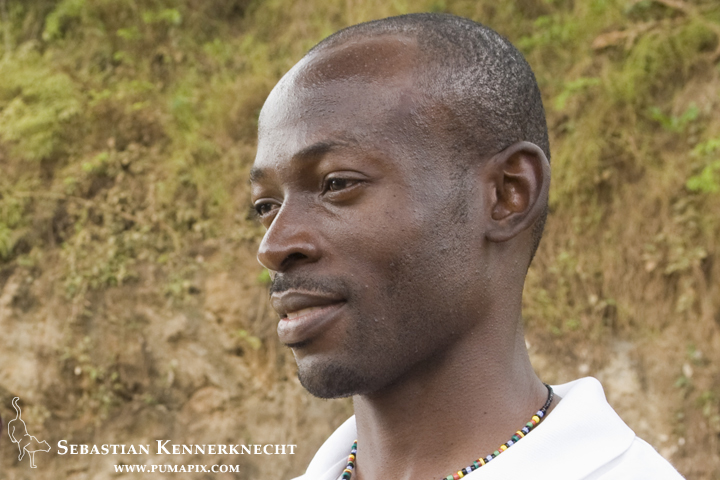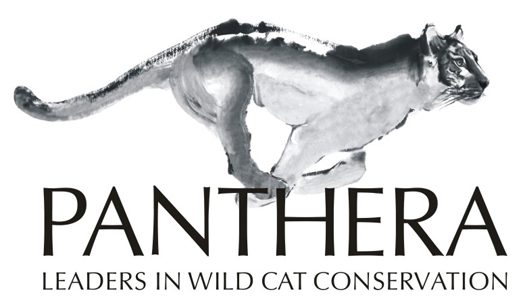The results are in for BBC’s Camera Trap Photo of the Year Competition. I have entered some of my SLR camera trap pictures every year into this camera trap photography contest and this year the quality level of images has definitely stepped up in this competition. I think it was smart of them to separate the contest into a research and photography category as that allows for the lower resolution research pictures to shine on the same level as the SLR camera trap shots.
I’d like to first highlight that a good friend of mine, and an amazing biologist, Laila Bahaa-el-din, was commended in the Rare Species category with a beautiful picture of a red morph African Golden Cat. This stunning photograph perfectly fits in the rare species category since it is extremely difficult to get even a camera trap picture of this cat. After nine weeks trying to get a high resolution picture of this species, I was only able to photograph two individuals. Laila has hundreds of pictures and videos of this cat! You deserved this recognition, nice job Laila, I am really happy for you!
I had the honor of sharing an award in this same category of Rare Species with Laila, as the picture of the Marbled Cat got runner up (behind an Iranian Cheetah so, I mean, that’s a given first place!). This picture was a total team effort, to read more check out both of these past blog posts. (Borneo Bay Cat and Thank you for 2013).

Rare Species Catergory Runner Up: Marbled Cat (Pardofelis marmorata marmorata) in lowland rainforest, Tawau Hills Park, Sabah, Borneo, Malaysia
The magazine’s editors always do a separate selection from the winners of the category, in their Editor’s Choice Gallery. This too is another great collection of images (I love the tiger coming out of the darkness), and I was again truly honored to have one of my images associated with such great pictures, photographers, and biologists. It is of a Malay Civet, captured as it is crossing over a buttress root in the dense rainforest of Malaysian Borneo (my friend Andy Hearn and I were trying to get a Sunda Clouded Leopard here, but we’ll take what we can get).

Malayan Civet (Viverra tangalunga) in lowland rainforest at night, Tawau Hills Park, Sabah, Borneo, Malaysia
There are a few things I am really excited about in regards to the results (I am of course happy that two entries placed, but that’s not important). One, is that the competition winners are filled with cats — in fact nine out of the 39 winning photographs depict one of our feline friends. Better yet, it highlights some of the least known and endangered species in the cat family. This contest allows a lot more people to be exposed to these amazing amazing animals, hopefully converting a few people out there into cat conservationists, or at the very least into more environmentally aware people (how can one not be excited about that?!?!).
I am so very glad BBC has started this competition and it is truly blooming into a great project that is not only entertaining, but also will drive environmental change.
*If you are interested in purchasing any of the pictures displayed in this post, please check out my fine prints page for pricing.*













